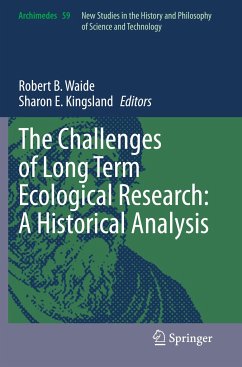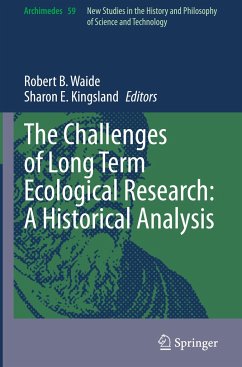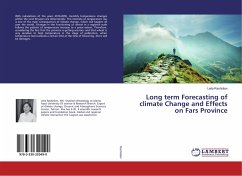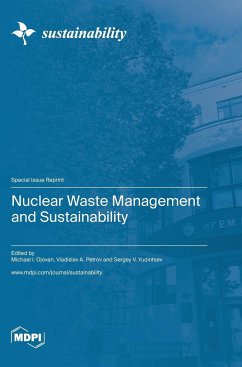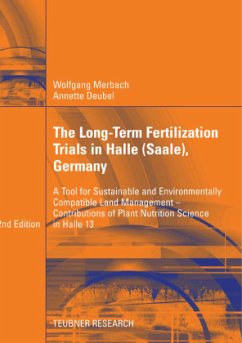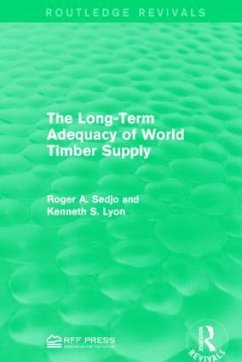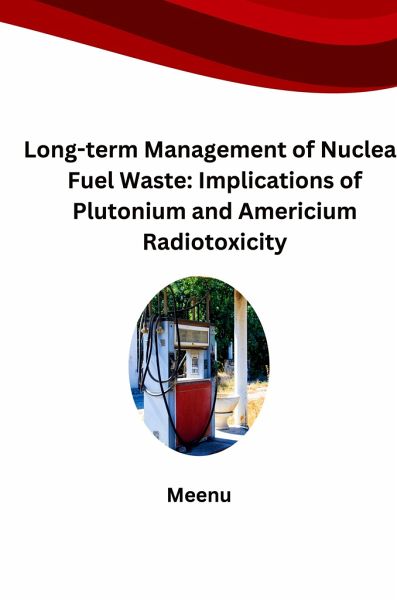
Long-term Management of Nuclear Fuel Waste: Implications of Plutonium and Americium Radiotoxicity
Versandkostenfrei!
Versandfertig in 6-10 Tagen
28,23 €
inkl. MwSt.

PAYBACK Punkte
0 °P sammeln!
The long-term management of nuclear fuel waste, especially concerning plutonium and americium, hinges on understanding their radiotoxicity and implementing effective disposal strategies. Plutonium-239, with a half-life of over 24,000 years, and americium-241, with a half-life of about 432 years, pose significant challenges due to their persistence and hazardous radiation emissions.Strategies involve deep geological repositories designed to isolate waste from the biosphere for millennia, minimizing environmental and health risks. Research into advanced containment technologies aims to enhance t...
The long-term management of nuclear fuel waste, especially concerning plutonium and americium, hinges on understanding their radiotoxicity and implementing effective disposal strategies. Plutonium-239, with a half-life of over 24,000 years, and americium-241, with a half-life of about 432 years, pose significant challenges due to their persistence and hazardous radiation emissions.Strategies involve deep geological repositories designed to isolate waste from the biosphere for millennia, minimizing environmental and health risks. Research into advanced containment technologies aims to enhance the safety and longevity of storage facilities. Reprocessing techniques recover valuable isotopes for reuse while reducing the overall volume of high-level waste.International cooperation and stringent regulatory frameworks are crucial in ensuring the safe handling and disposal of nuclear waste containing plutonium and americium. By addressing radiotoxicity concerns through innovative solutions and responsible management practices, stakeholders can mitigate risks and uphold safety standards for future generations.






